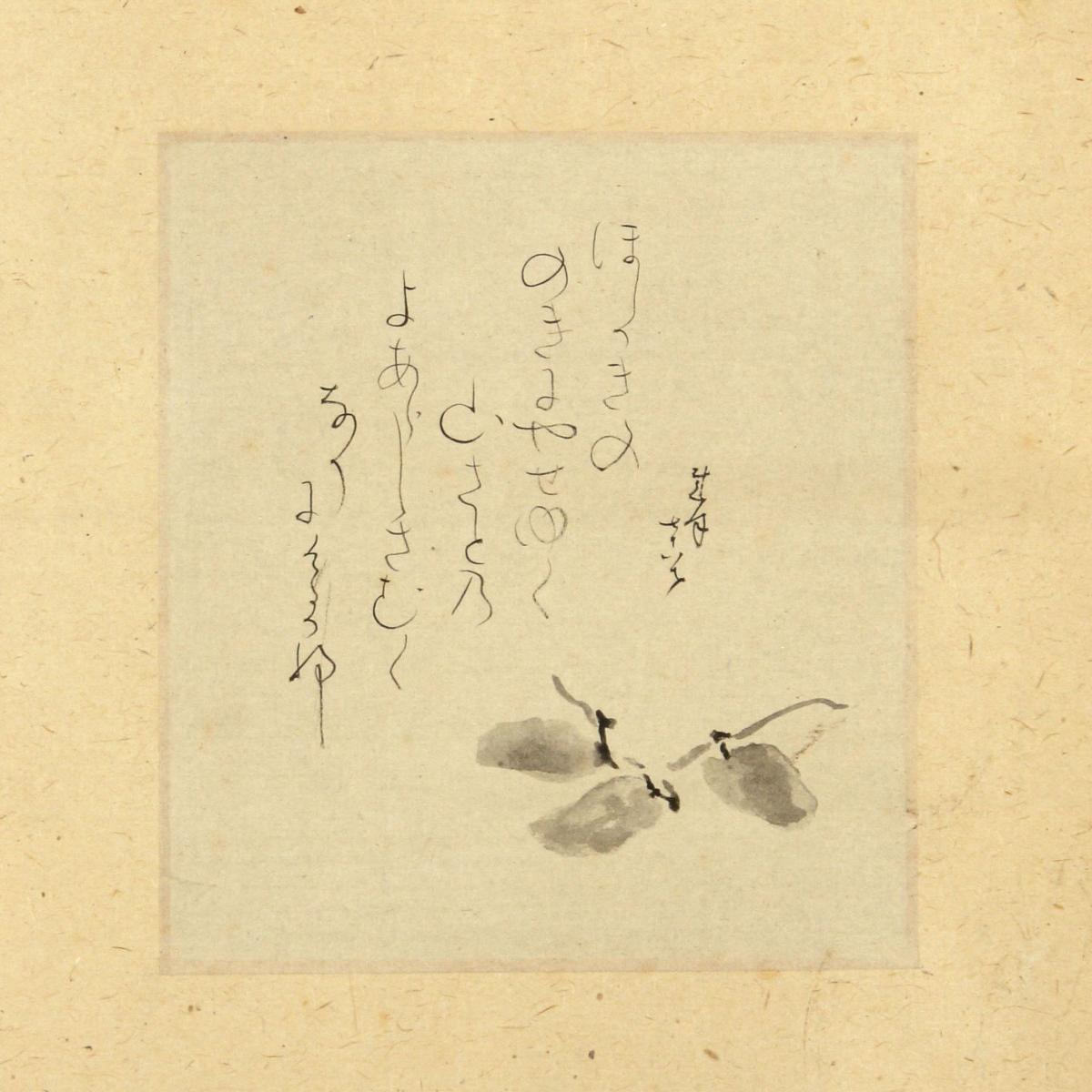Why so few books? Well, work had a lot to do with that. I lost a little sleep. I also let myself get so preoccupied with job stuff that I actually managed to forget a friend's birthday. My priorities got a little scrambled. I did read a few books, though.
When my boss told my coworkers and me to create a way for us prisoners to watch
a selection of on-demand movies in the gym, it was up to me to design the
computerized viewing station's interface. In preparation for this project, my
compatriots and I all read UX for Beginners: A Crash Course in 100 Short
Lessons. It gave us a lot to consider. "UX" stands for
"User eXperience" – the study of user behaviors, and the application
of practices that ensure websites, games, and applications work in ways that
users find meaningful and fulfilling. UX goes deeper than design but isn't as
technical as actual programming; it's more about psychology than craft, with a
little cartography thrown into the mix. The author of UX for Beginners,
Joel Marsh, apparently blogs about this stuff in an engaging way at TheHipperElement.com, and this
irreverent little book with funny illustrations gave us lots of ideas for how
best to engage the viewing station project, as well as the five or six others
overflowing our plate at the moment.
A lot of my reading this quarter was in the form of dharma materials, provided
by places like the National Buddhist Prison Sangha, part of the Mountains and Rivers Order of Zen. One of the Order's founders, John
Daido Loori, wrote The Zen of Creativity: Cultivating Your Artistic Life
a few years before his death. To present the many creative aspects of Zen
Buddhism, the book introduces artwork created in the Zen tradition (like Otagaki
Rengetsu's Dried Persimmons, above), mixed with the accessible, intimate
teachings that make Daido a wonderful personal teacher even in his absence. The
Zen of Creativity was the fourth or fifth of his many books that I've now
read, and, like the others, it left me feeling a bit more enlightened and
educated than I did before picking it up.
When free moments appeared, usually in the evening, I also picked through a
nice, 1,336-page Everyman's
Library edition of sixteenth-century humanist Michel de Montaigne's Complete
Works, translated by Donald M. Frame. I love how Montaigne could take
almost anything and turn it into an essay subject: sexual desire, parleys
during wartime, sons' resemblance to their fathers, jealousy, his own nose....
Referring to the essays, journals, and letters that brought him literary
acclaim, he wrote, "Je peins le passage" ("I paint
transience.") Impermanence. It’s suddenly appeared wherever I look. That
could be considered the whole "point" of Buddhism: once you start
looking, impermanence appears everywhere.
Our viewing stations have become a hit with prisoners who can't afford their
own TVs, as well as those who do but just want to watch something on a screen
three times as big as their own. So far, no one's needed instructions on how to
use them, which I consider a UX win!
Less exciting: despite Daido's teachings in his wonderful book, I don't yet
feel I've succeeded in painting transience. I guess that's why it's my practice.


No comments:
Post a Comment
Byron does not have Internet access. Pariahblog.com posts are sent from his cell by way of a secure service especially for prisoners' use. We do read him your comments, however, and he enjoys hearing your thoughts very much.